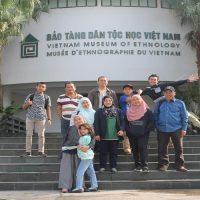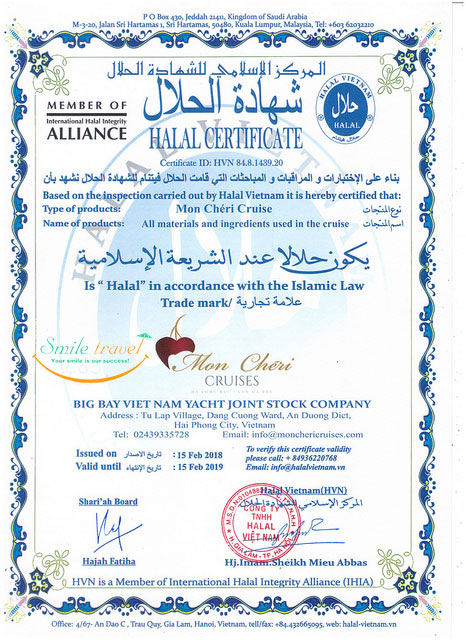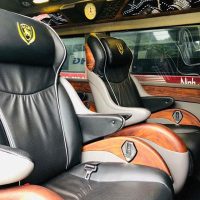VIETNAM MUSEUM OF ETHNOLOGY OPENING HOURS:
Open from 8:30 to 17:30 everyday except Mondays and New Year’s Holiday
Nguyen Van Huyen Road, Cau Giay District, Hanoi
ENTRANCE FEE: 40,000VND/person
DISCOUNT
Vietnamese students: 15,000VND/student (valid student card required);
Pupils (age 6 – age 18): 10,000VND/pupil;
Beneficiaries of preferential policies on cultural enjoyment (elder people, severe disabilities etc.): 50% of ticket price;
Minority ethnic people: 50% of ticket price (valid identity card required).
FREE ADMISSION
Children under 6 years old;
Special severe disabilities;
ICOM members (valid membership card required);
Friends of the Vietnam Museum of Ethnology (valid card required);
Journalists (valid journalist card required);
Donors.
*** For emergency case: 0983 710 000
Vietnam Museum of Ethnology:
Monday – Friday: + 84-4-3836-0352
Saturday – Sunday: + 84-4-3836-0350
Reception / Museum Tours: + 84-4-3756-2193 (except Mondays)
Ticket: + 84-4-3836-0350 (except Mondays)
Communication and Public Relation: + 84-4-3756-2193 (except Mondays)
Educational Activities: + 84-4-3756-2192 (extent 121, except Mondays)
Museum Guard: + 84-4-3836-0350
Administration: + 84-4-3756-2192 (extent 118, except Saturdays and Sundays)
Fax: + 84-4-3836-0351
Email: information@vme.org.vn
THE MISSION OF THE VIETNAM MUSEUM OF ETHNOLOGY
The mission of the Vietnam Museum of Ethnology is to implement various tasks including scientific research, collecting, object inventory, storage, exhibition, performance, and educational activities in order to contribute to the safeguarding of cultural diversity of different ethnic groups in Vietnam, in Southeast Asia and around the world.
THE VIETNAM MUSEUM OF ETHNOLOGY
Communities for a long time have played an important role in collecting work of the Vietnam Museum of Ethnology. Moreover, they have involved in the preparation process of the Museum’s exhibitions for the purpose of introducing about and preserving cultural heritage. This collaboration has made the Museum’s activities lively and closer to people’s lives. Communities have also effectively participated in performances of traditional handicrafts, folk arts, water puppetry, and folk games etc. Traditional architectures in the open-air exhibition were reconstructed by local artisans and through the years have been repaired by community members themselves. By working together with Museum staff, communities are more proud of their culture and raise the awareness of protecting cultural heritage. In short, the vibrancy and attractiveness of the Museum is due to the enormous contribution of communities. It is the highlights in the VME’s activities in presenting cultural heritage values to visitors.



